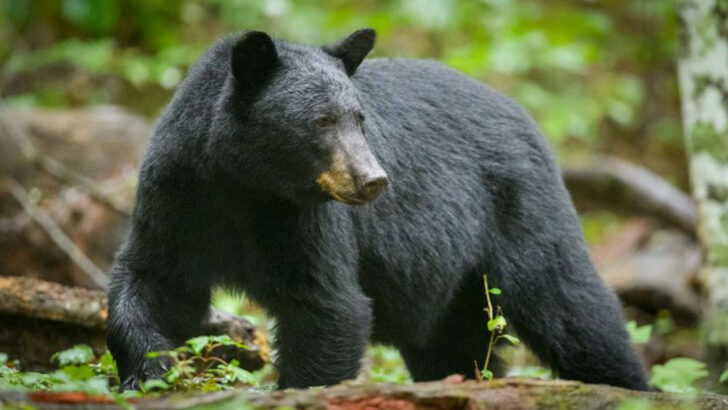Bears are powerful, unpredictable, and far too comfortable in some of the most stunning places in the U.S. Every year, encounters turn dangerous when humans forget one simple rule—this is their territory.
From Alaska’s vast wilderness to the misty peaks of Tennessee’s Great Smoky Mountains, bears roam freely, and sometimes, they don’t appreciate unexpected visitors. Whether it’s a grizzly charging in Montana or a black bear sniffing around a campsite in California, the risk is real.
But don’t cancel your hiking plans just yet. Knowing where bear encounters are most frequent—and how to stay safe—can mean the difference between an unforgettable adventure and a terrifying one. These seven states see more bear attacks than anywhere else. If you plan on exploring them, you’ll want to read this first.
Alaska
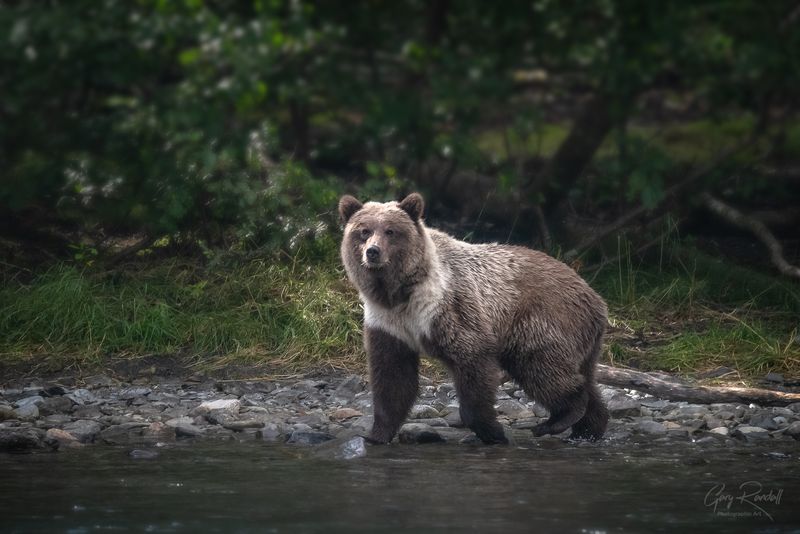
Alaska is a state known for its vast wilderness and abundant wildlife. Bears are a common sight, with brown bears roaming freely. One must be vigilant while hiking or camping. Traveling in groups and making noise can help in avoiding surprise encounters. Carrying bear spray is advisable for anyone venturing into these remote areas.
Remember, bears are most active during dawn and dusk. It’s essential to store food securely and maintain a safe distance if you spot a bear. These precautionary measures can make your Alaskan adventure both exhilarating and safe.
Montana
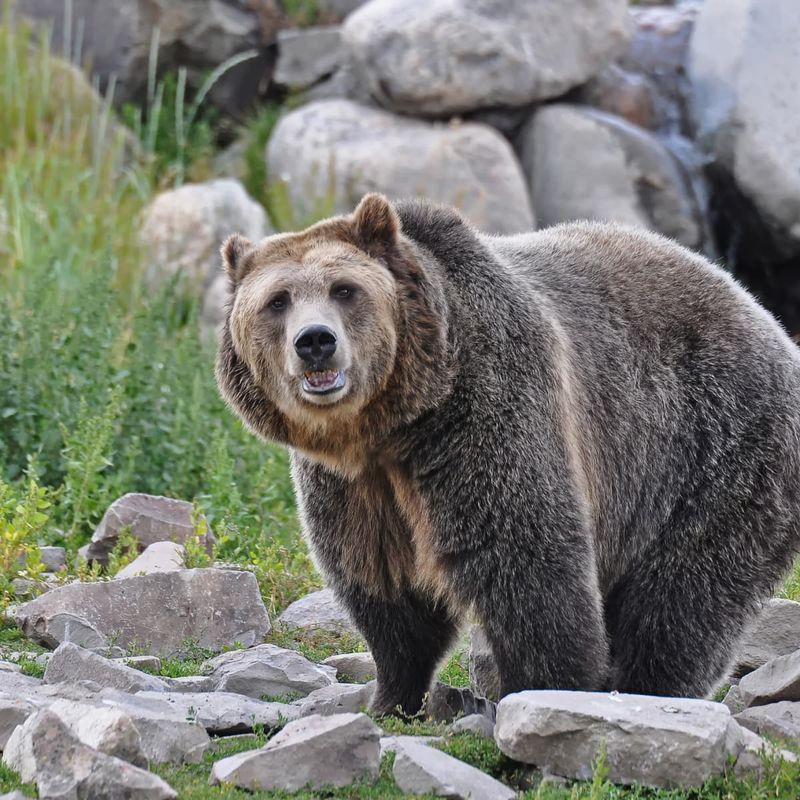
Montana, home to Glacier National Park, boasts diverse ecosystems that provide a perfect habitat for bears. Grizzly bears, in particular, are found in these parts. When planning a visit, understanding bear behavior is crucial. Bears have a keen sense of smell, so it’s important to manage food scents. Hiking with bear bells and staying on designated paths reduces risks. If an encounter occurs, remain calm and slowly back away. Never run. By respecting their space, visitors can enjoy Montana’s natural beauty without unwelcome bear encounters. Always be prepared and informed before heading into bear country.
Wyoming
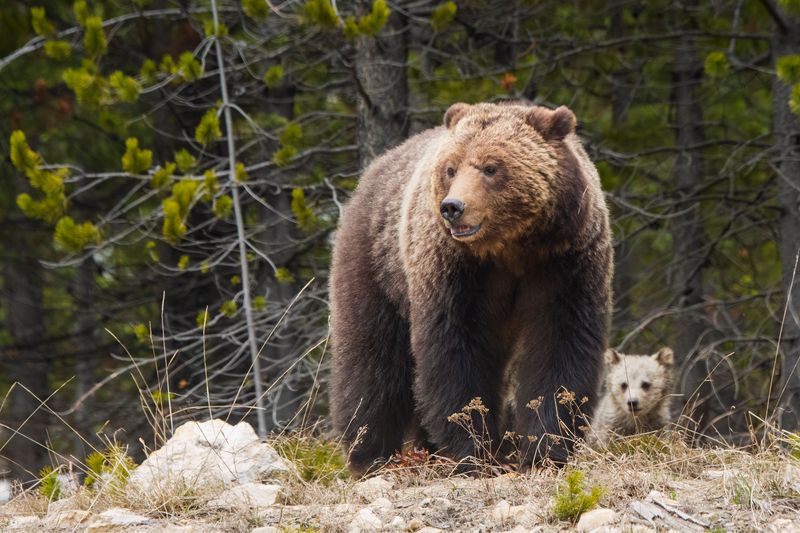
Wyoming’s Yellowstone National Park is renowned for its geothermal features and wildlife, including grizzly bears. Visitors are advised to stay at least 100 yards away from bears at all times. Bear spray should be readily accessible, not packed away. When camping, use bear-proof containers for food storage.
Traveling in groups can reduce the chances of surprise encounters. It’s also wise to check bear activity reports from park authorities. By adhering to these guidelines, one can experience the majestic beauty of Wyoming while minimizing the risk of bear interactions. Always prioritize safety when exploring these areas.
Idaho
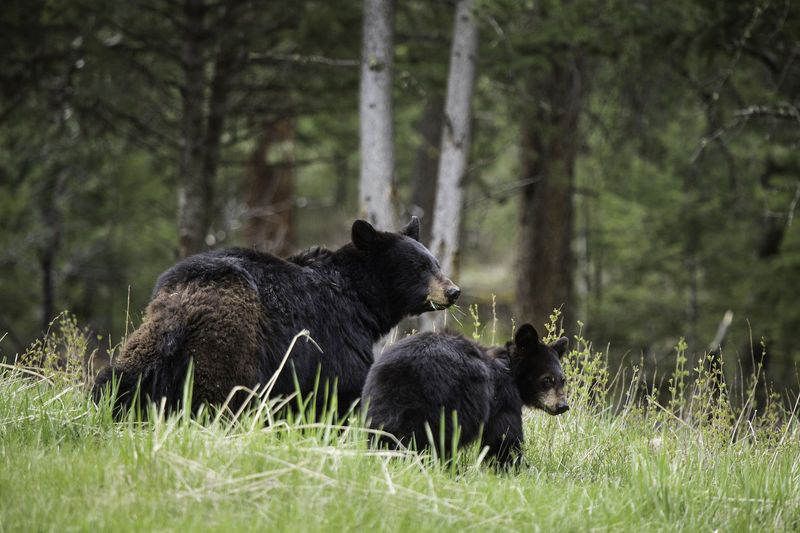
Idaho offers stunning natural landscapes, making it a haven for outdoor enthusiasts. However, this also means the presence of black bears. Hikers are encouraged to make noise to avoid startling bears on the trail. Bear spray is a must-have for anyone trekking in these areas. Securing campsites and storing food properly are essential practices. Being aware of bear signs, such as tracks or scat, can help in avoiding encounters.
By taking these precautions, adventurers can explore Idaho’s wilderness safely. Remember to respect wildlife and their habitats while enjoying the serenity of nature.
California
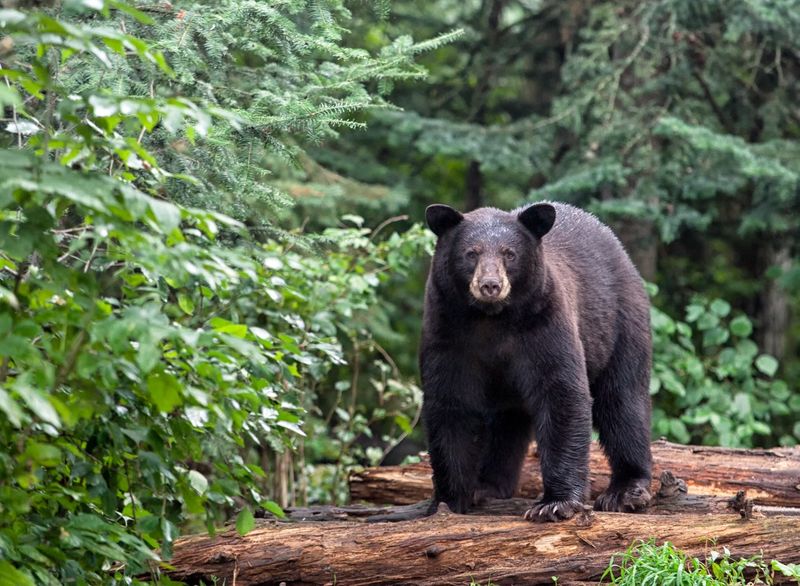
California’s Sierra Nevada is a hotspot for black bear activity, attracting numerous hikers and campers. To ensure safety, it’s vital to follow bear-aware practices. Maintain clean campsites by storing food in bear-resistant containers. Hikers should travel in groups and carry bear spray.
Bears are curious creatures, so if you see one, give it space and do not approach. Educating oneself about bear behavior can enhance the experience of exploring California’s natural beauty. By being proactive and prepared, you can enjoy the state’s diverse landscapes while minimizing the risk of bear encounters.
Washington
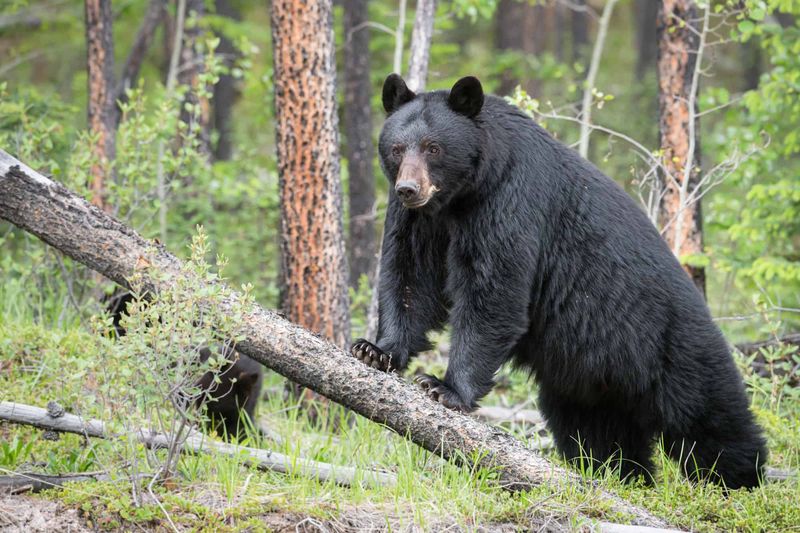
Washington’s Olympic National Park is characterized by its rich biodiversity and temperate rainforests. Black bears are commonly seen in these lush environments. Visitors should make their presence known by talking or clapping hands, especially in dense vegetation. Storing food in bear-proof lockers and keeping campsites clean is crucial.
During hikes, keeping a distance and not feeding bears can prevent unwanted interactions. It’s essential to respect wildlife and prioritize safety. By adhering to park guidelines and staying informed, visitors can enjoy Washington’s natural wonders while reducing the likelihood of bear encounters.
Tennessee
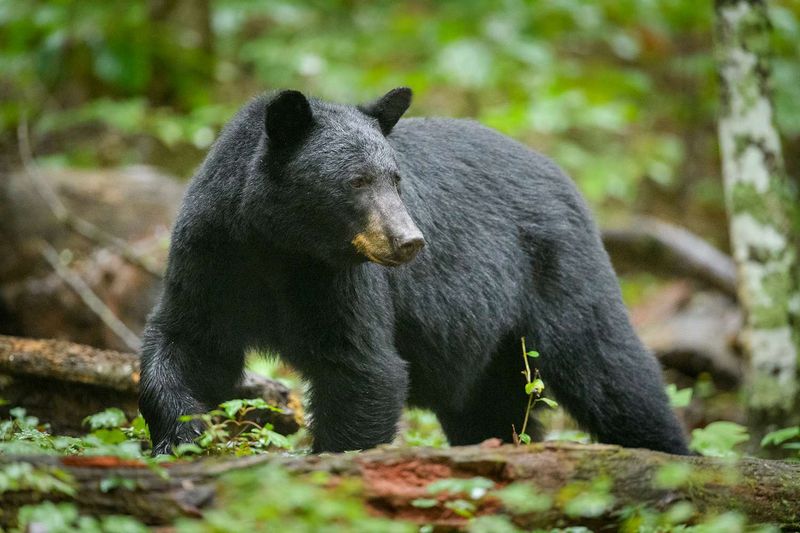
Tennessee’s Great Smoky Mountains National Park is a popular destination for outdoor activities and black bear sightings. Visitors should maintain a respectful distance from bears and never feed them. Being aware of surroundings and traveling in groups can decrease the chances of surprise encounters. Proper food storage and cleanliness at campsites are vital. Bear spray is recommended for those hiking deep into bear territory.
By following these safety measures, you can appreciate the majestic scenery of Tennessee’s mountains while staying safe. Engage with nature responsibly to ensure a harmonious experience with wildlife.

